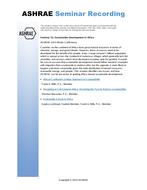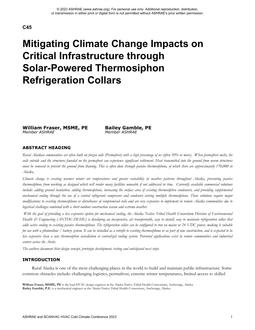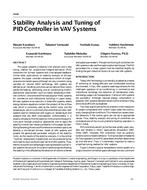Undesired oscillations (hunting) in process variablessuch as fan speeds, and valve and damper openings. in heating,ventilation and air-conditioning (HVAC) systems results notonly in suboptimal performance, but also component wear andincreased energy costs. This paper first presents a simple algorithmto detect these undesired oscillations in building HVACsystems. The paper then provides the results of a survey doneto gauge the magnitude of the problem of hunting in buildingHVAC systems by implementing the algorithm on dataobtained from air-handling units (AHUs) of 10 different buildingson the Texas A&M University campus. Through thesurvey, it was found that 70% of the chilled-water (CHW)valves hunt for 6% to 78% of the time, and 22% of supply fansexhibited hunting for 6% to 26% of the time.The results of the survey indicate that hunting in buildingHVAC systems may be a significant problem. To illustrate thecause of this hunting behavior, the paper also presents a simulationmodel of an AHU that shows that the system gains varyconsiderably with changing operating conditions. PI-typecontrol is used to govern most of the operations in buildingHVAC systems which are designed for a particular operatingcondition. Due to the nonlinear nature of the HVAC systems,changing operating conditions lead to changing system gainsand poor performance of the PI-type controllers. A cascadedcontrol loop architecture is proposed in this papers a solutionto the problem of hunting, and its effectiveness is demonstratedthrough a simulation example.
Citation: 2015 Annual Conference, Atlanta, GA, Transactions 2015, Vol 121 pt. 2
Product Details
- Published:
- 2015
- Number of Pages:
- 12
- Units of Measure:
- Dual
- File Size:
- 1 file , 3.9 MB
- Product Code(s):
- D-AT-15-024


